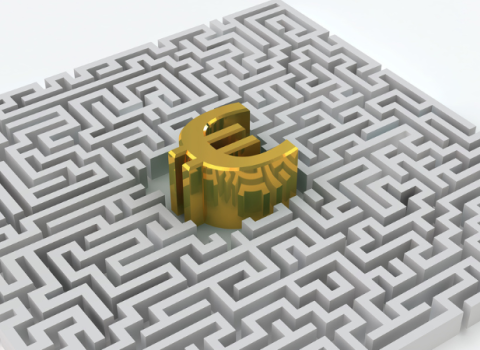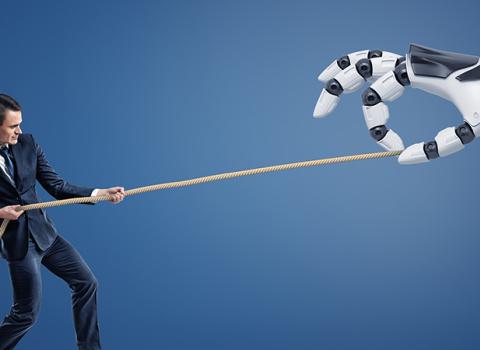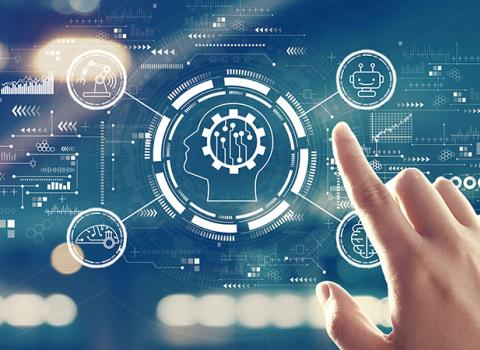The Softhand is designed to carry out simple actions that can improve the quality of life of people who’ve suffered from the loss of a limb.
Powered by only one motor, the robotic hand has a robust joint design which enables refined grasping capabilities. The motor is directly activated via electrodes connected to muscles in the arm, which allows the user to control the intensity of the grasp. When the arm contracts the muscle to grasp an object, the electrode activates the motor of the hand with different degrees of intensity.
“This incredible convergence of performance, robustness and affordability has been made possible by the revolutionary design of the hand: the phalanges are comprised of two pairs of cylinders in rolling contact with each other mimicking human body articulations,” explained Antonio Bicchi, coordinator of the robotics research group at the "E. Piaggio" research centre and senior scientist at IIT. "The fingers are connected by elastic joints, with no mechanical connection elements, such as screws and bolts, which confer an elastic and simpler structure on the hand.”
“When we grasp a strawberry or a stone we perform different actions in terms of intensity and the kind of grasp – explains Bicchi – thus, the robotic hand must be able to perform both strong grasps for hard objects and delicate grasps for easy, damageable objects”.
The research kicked off five years ago with the launch of the EU-funded project, The Hand Embodied, coordinated by the University of Pisa. A couple of years later, in 2012, Bicchi received a European Research Council advanced grant for the Softhands project. This year, the research will continue through SOMA, a Horizon 2020 project coordinated by the University of Berlin in partnership with the “E. Piaggio” centre and the IIT.
SOMA will focus on robotic manipulation in real environments. The underlying idea of the research is that physical constraints imposed by objects can guide functional hand pre-shaping, adaptive grasping, and affordance-guided manipulation of objects. The exploitation of these opportunities will enable the design of robust, cost-effective, and safe robotic hands with grasping and manipulation capabilities.
Such achievements will find natural application in industrial robotics, and companies like OCADO and Disney Research Group are already interested in the technology.
The robotic hand has already received international acclaim. In 2012, it was named the most innovative project at the international conference on humanoids in Osaka, Japan and received another award at the international conference on intelligent robots and systems in Portugal. Also, this year, “E.Piaggio” and IIT researchers are finalists in the Amazon Picking Challenge, a competition aimed at discovering new solutions for picking objects from warehouse scaffolds.
Synergy theory
The design of the Pisa-Iit Softhand is based on the theory of sensorimotor synergies, rooted in neuroscience. According to this theory, all the complex movements humans can perform are produced by a configuration of basic movements. Such movement-units, or synergies, generated by a precise configuration of muscles, are determined by our anatomical characteristics, innate movements or movements learnt in early childhood.
Grasping an object with a robotic hand is possible without putting a motor in each finger. A single motor is enough, if the configuration responsible for the movement is already determined.
A joint collaboration of neuroscience, mathematics and engineering groups has achieved the first artificial hand capable of performing almost all of the different types of grasps on everyday objects with a single motor.



 A unique international forum for public research organisations and companies to connect their external engagement with strategic interests around their R&D system.
A unique international forum for public research organisations and companies to connect their external engagement with strategic interests around their R&D system.